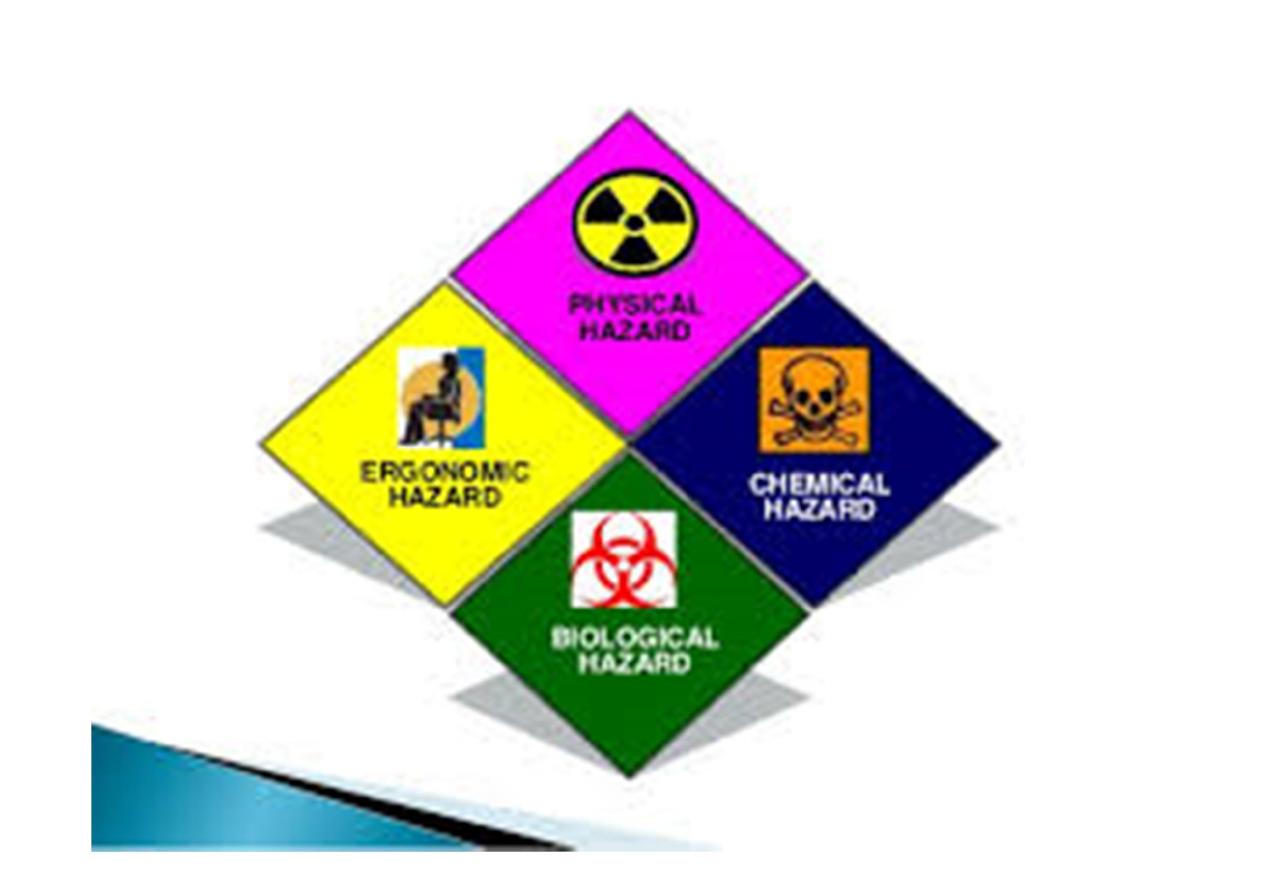
By
ashraf Hussain
MBChB, PhD/ Com. Med
Biological
&
Chemical
Hazards
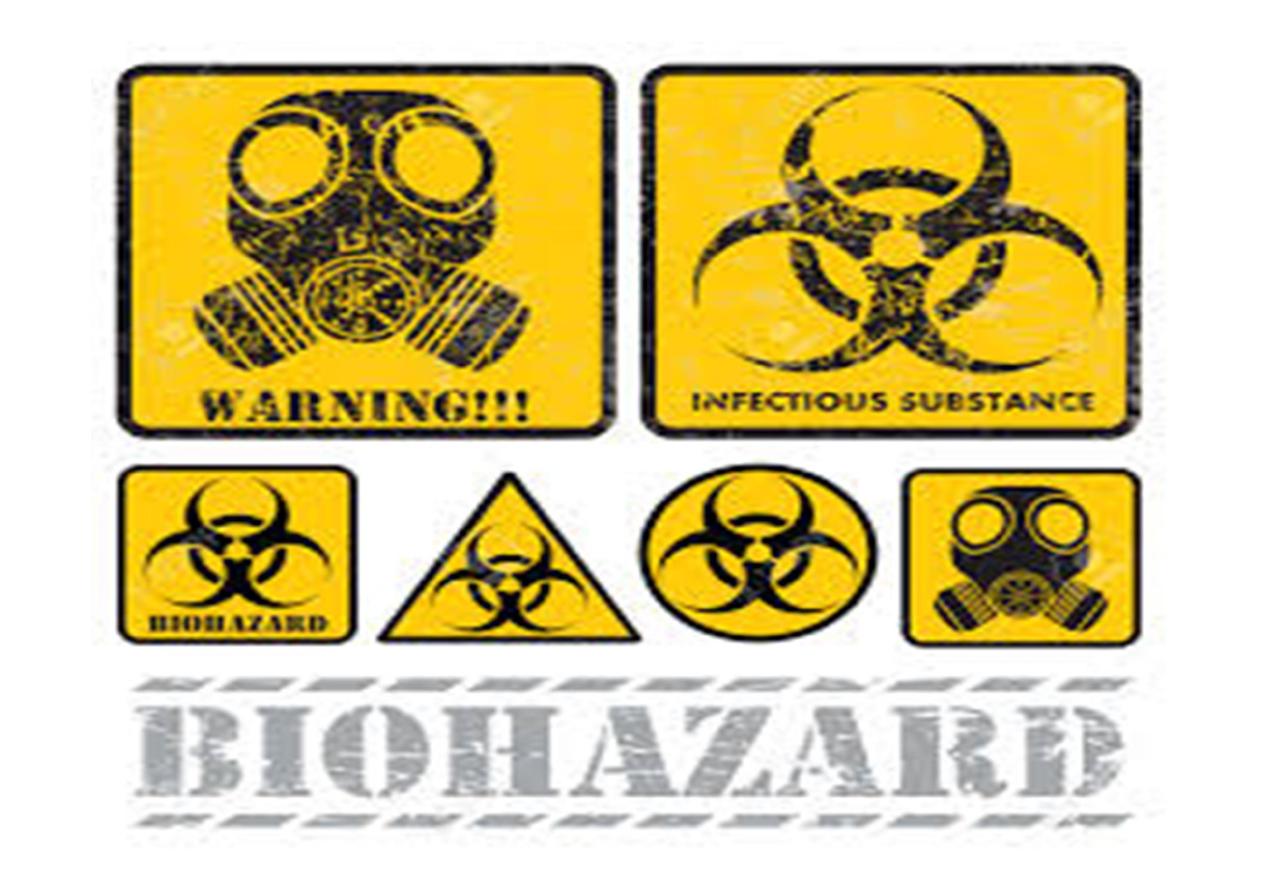
Biological Hazards
:

•
biological agents: “any microorganism, cell
culture, or human endoparasite, including
those who have been genetically modified,
which may cause any infection, allergy,
toxicity, or otherwise create a hazard to
human health.”
•
Additionally, biohazards encompass biological
substances including medical waste, or
samples of body tissues or fluids from a
biological source, which may contain
microorganisms, viruses or toxins that can
adversely affect human health.

•
Biohazards may exert an effect on a human,
either by direct contact with the causative agent
(e.g. a bite from a venomous snake) or by
transmission of zoonotic agents through contact
with animals, animal matter or animal products
(e.g. brucellosis).
•
Also Plant and plant products: Contact with
certain plants, plant materials may cause non-
infectious poisoning, stinging, allergic reactions
(e.g. anaphylaxis, mushroom workers’ lung, and
bagassosis in the sugar cane industry), and
irritant or allergic-contact dermatitis
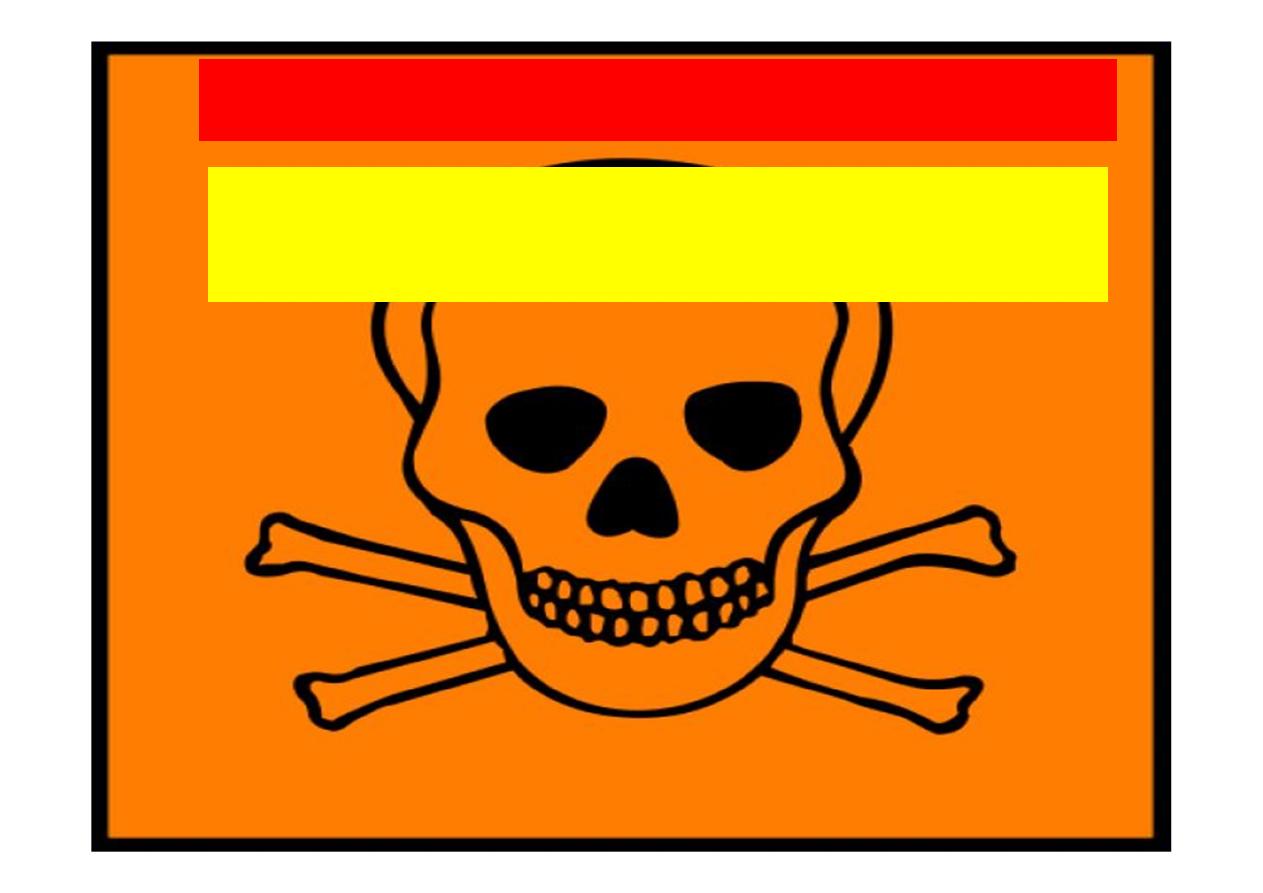
Chemical Hazards
Refer to health hazards caused by hazardous
substances, compounds and particles.

•
There are an estimated 650,000 existing hazardous
chemical products, and hundreds of new ones are
being introduced annually. Theses poses serious
problems for exposed workers and their employers.
•
Major Types
–
Primary Irritants - cause intense redness or
swelling of skin or eyes on contact. No permanent
tissue damage
–
Corrosives - cause tissue damage and burns on
contact with skin or eyes
–
Carcinogens - may cause cancer
–
Teratogens - may cause birth defects
–
Organ Specific hazards - damage to specific organ
systems such as liver or lungs

• The employees have both a need and a
right to know the hazards and identities of
the chemicals they are exposed to when
working.
• They also need to know what protective
measures are available to prevent adverse
effects from occurring
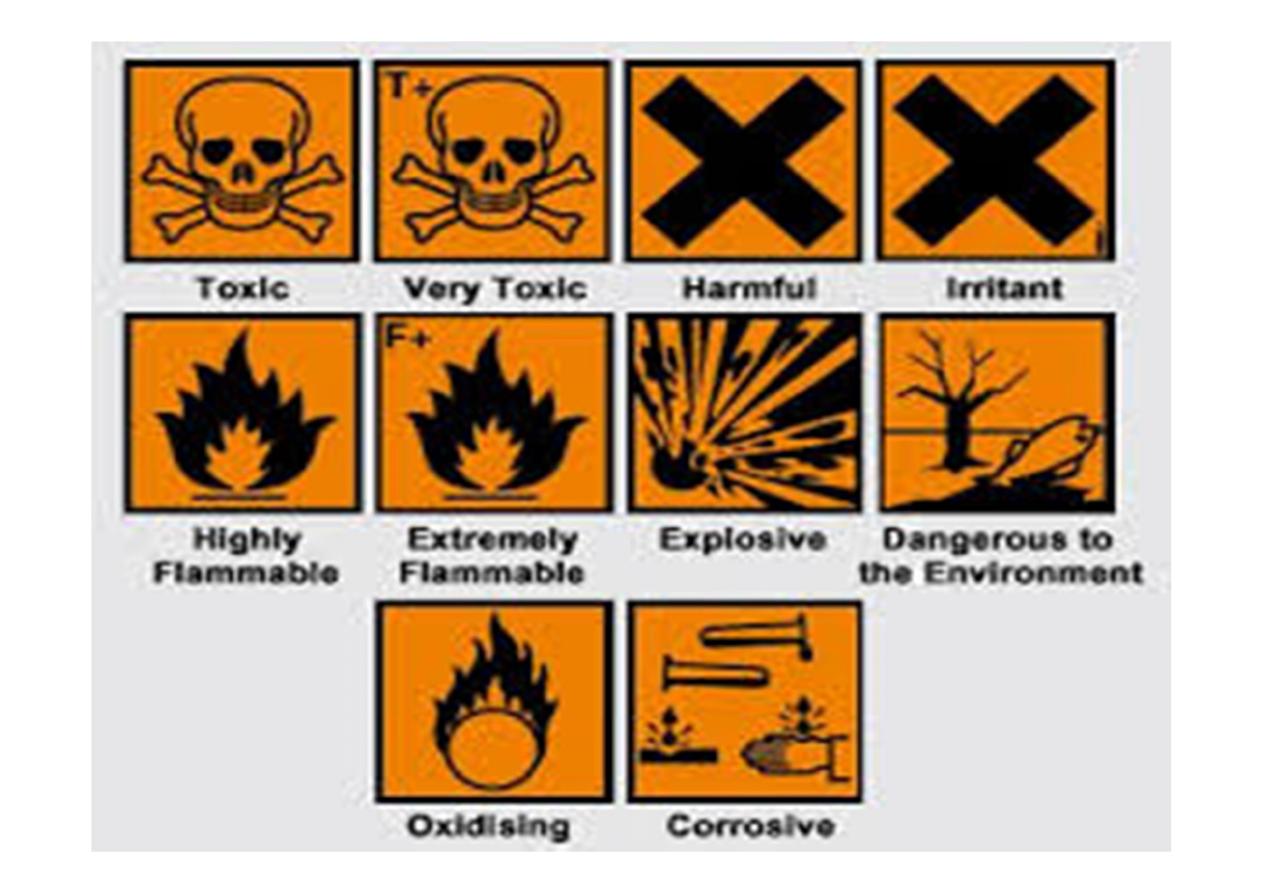
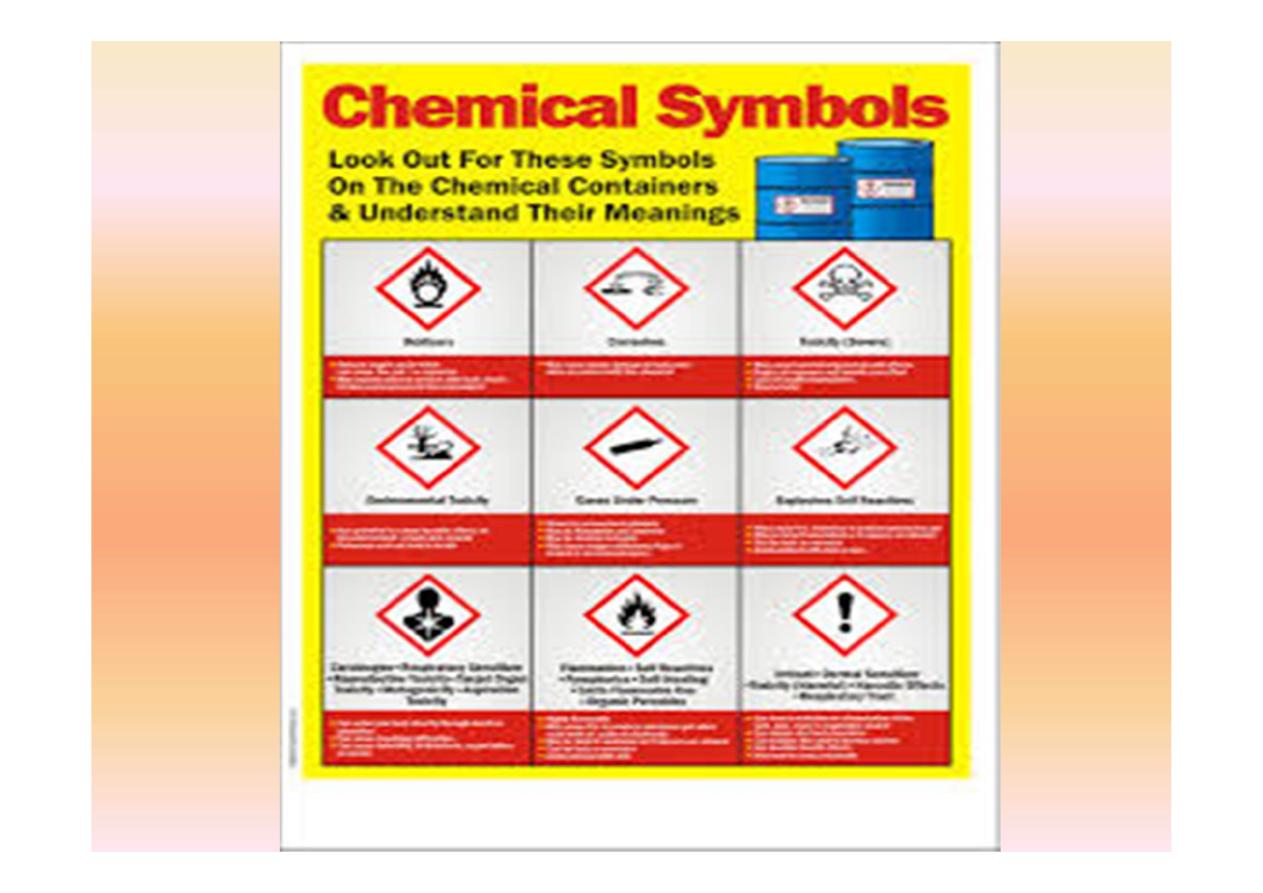

Labels, Tags and Markings
• The employer must ensure that each
container of hazardous chemicals in the
workplace is labeled, tagged or marked with
the following:
– Identity of the hazardous chemical
– Appropriate hazard warnings
• This above labeling information required is of
the manufacturer so the employer must
ensure that the original labels from the
manufacturer are on all containers and remain
legible
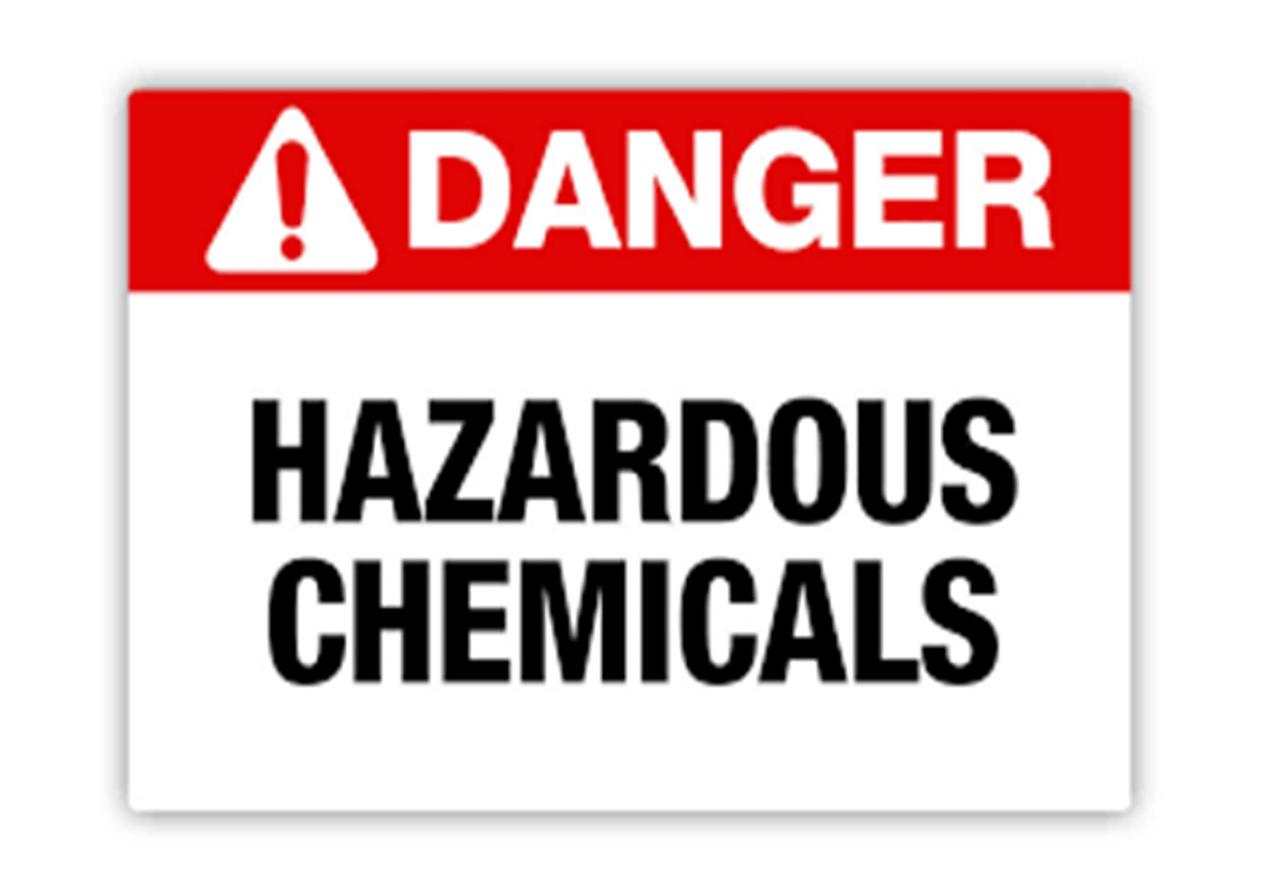
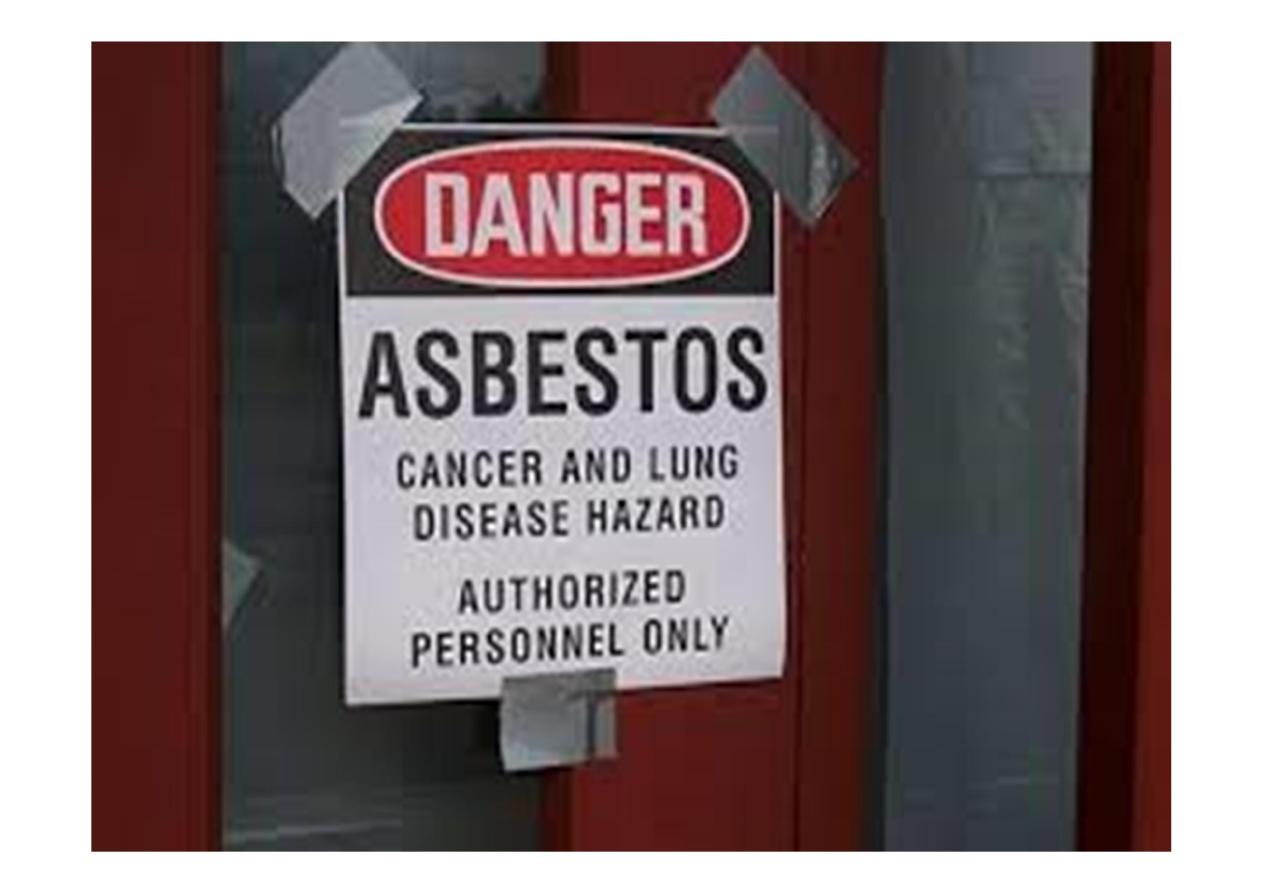
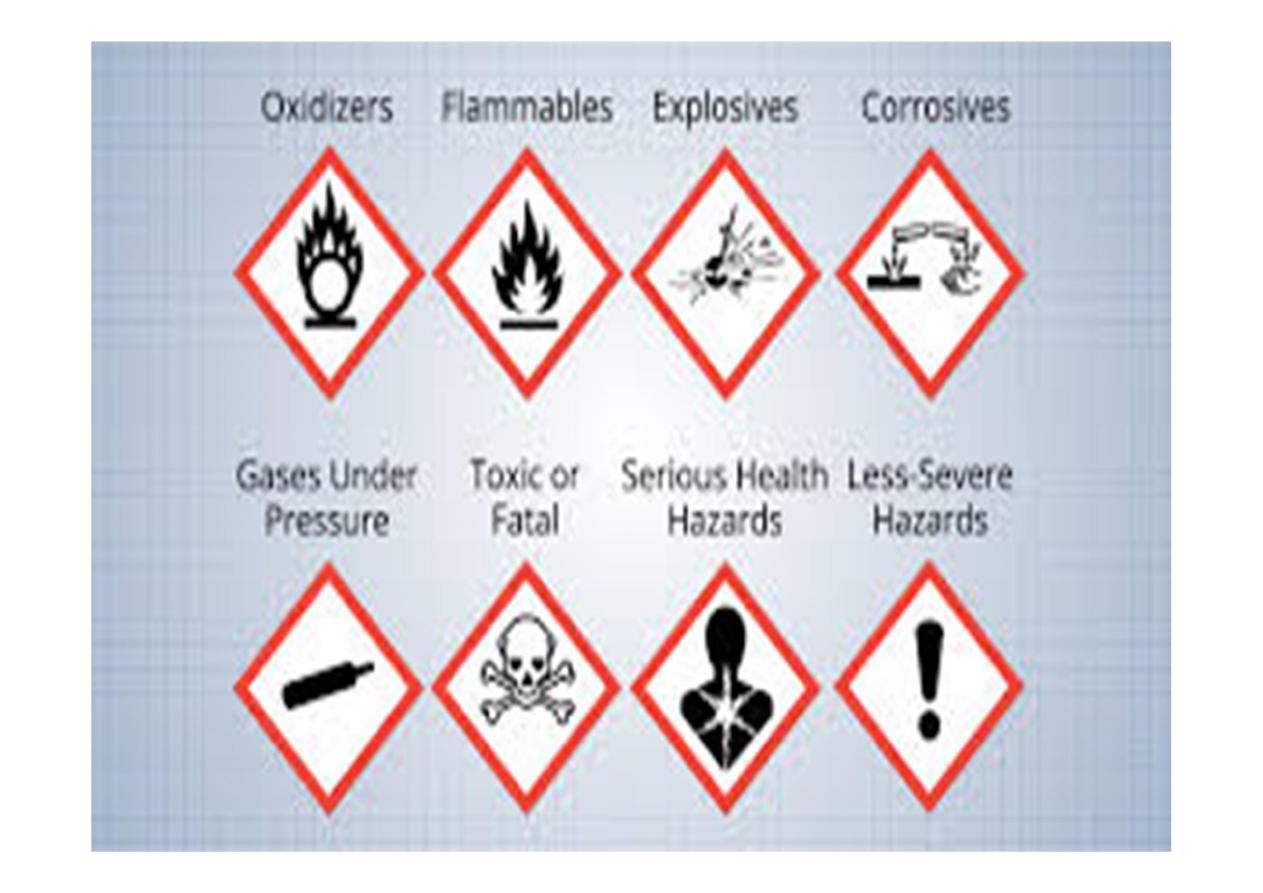
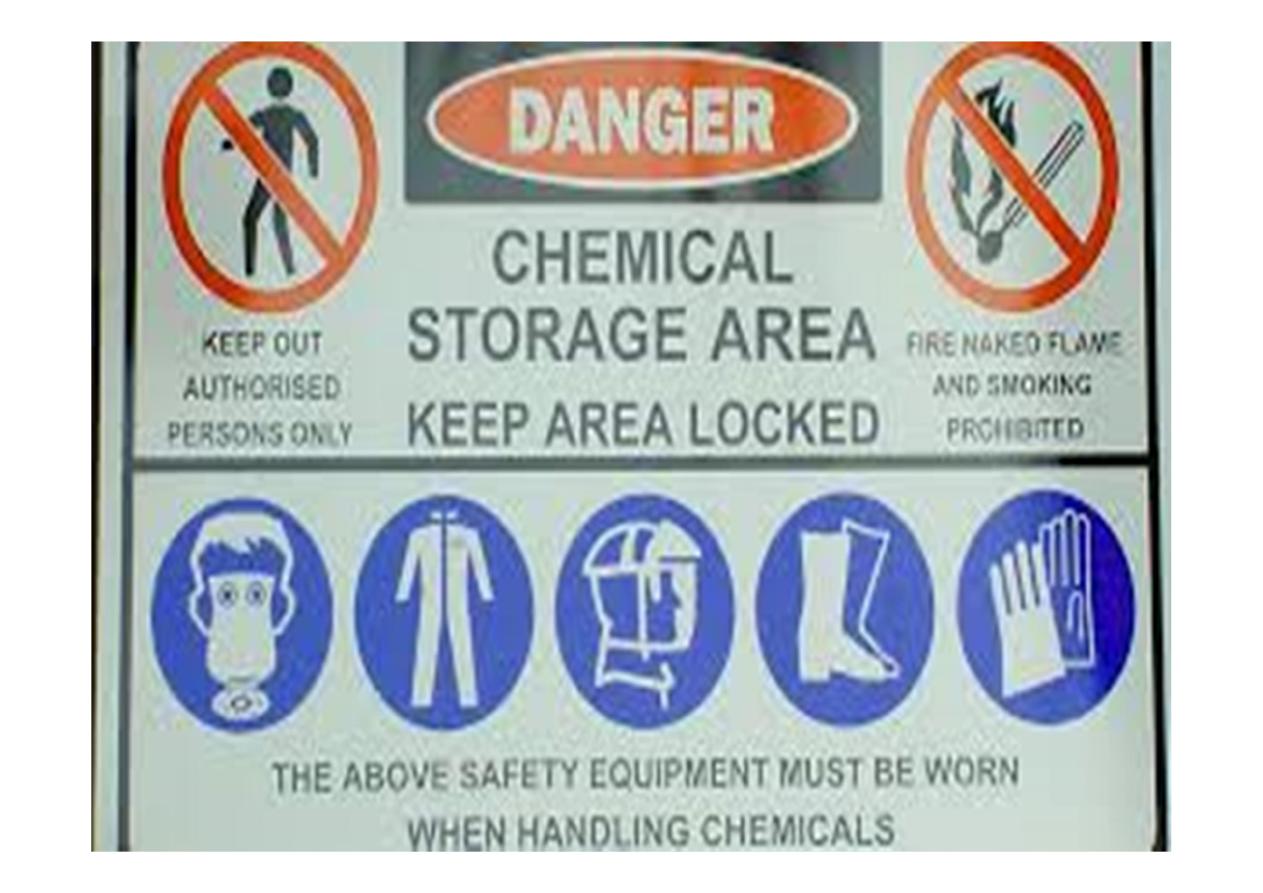
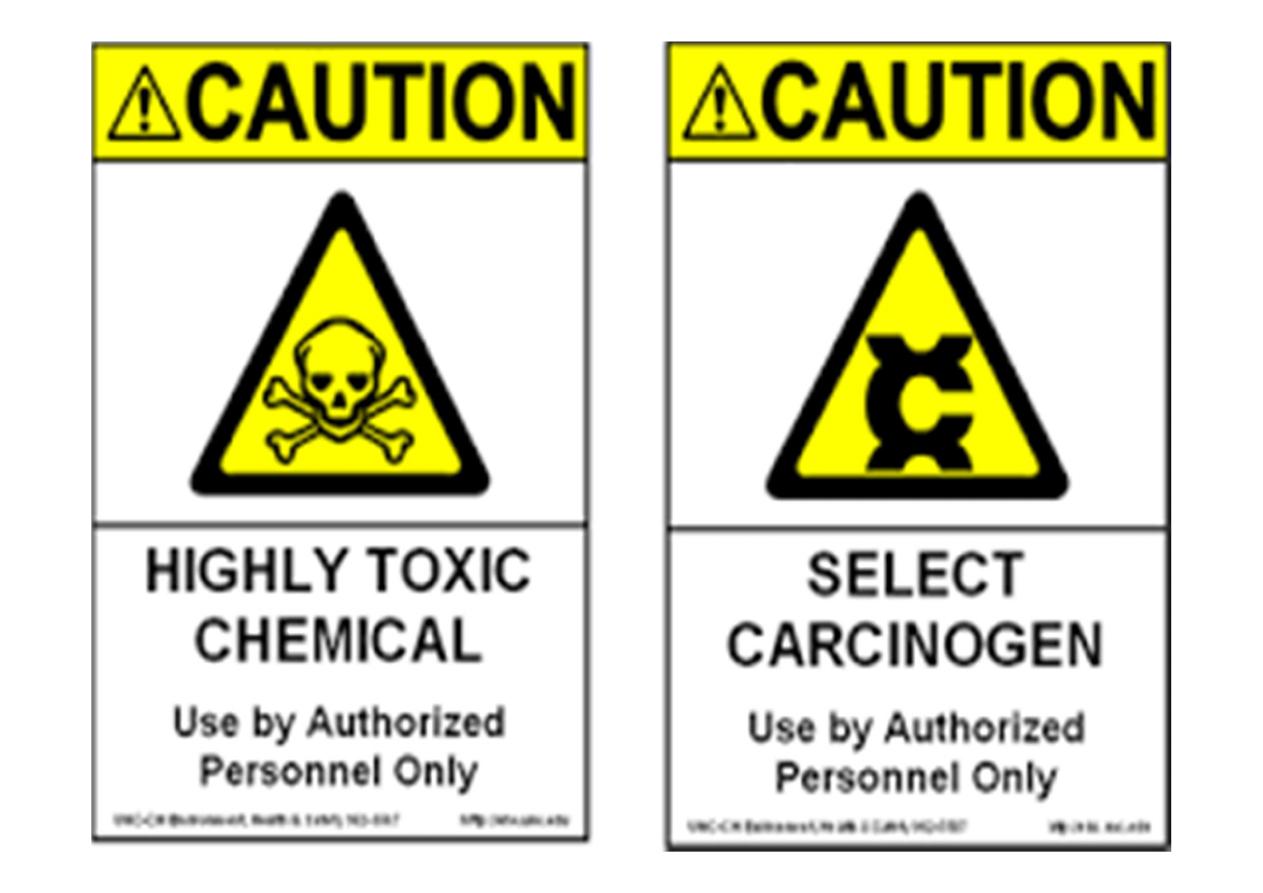

Material Safety Data Sheets (MSDS)
one of the most important tools available to
employers for providing information, and
protection to workers from hazardous chemicals
which are used in the workplace.
It is a technical document which provides detailed
and comprehensive information on a controlled
product related to:
1. health effects of exposure to the product
2. hazard evaluation related to the product’s
handling, storage or use.
3. measure to protect workers at risk of exposure.
4. Emergency Procedures

• MSDS may be kept in any form including
operating procedures
• It may be more appropriate to address the
hazards of a process rather than individual
hazardous chemicals

MSDS, required information
• Identity of the chemical
• Physical and chemical
characteristics
• Physical hazards
• Chemical hazards
• Primary routes of entry
• PEL’s or other
exposure limits
• Control measures
• Emergency procedures
• Whether the hazardous
chemical is listed in the
National Toxicology
Program (NTP) Annual
Report on Carcinogens
• precautions for safe
handling and use
• Date of preparation
• Name, address and
telephone of the
manufacturer
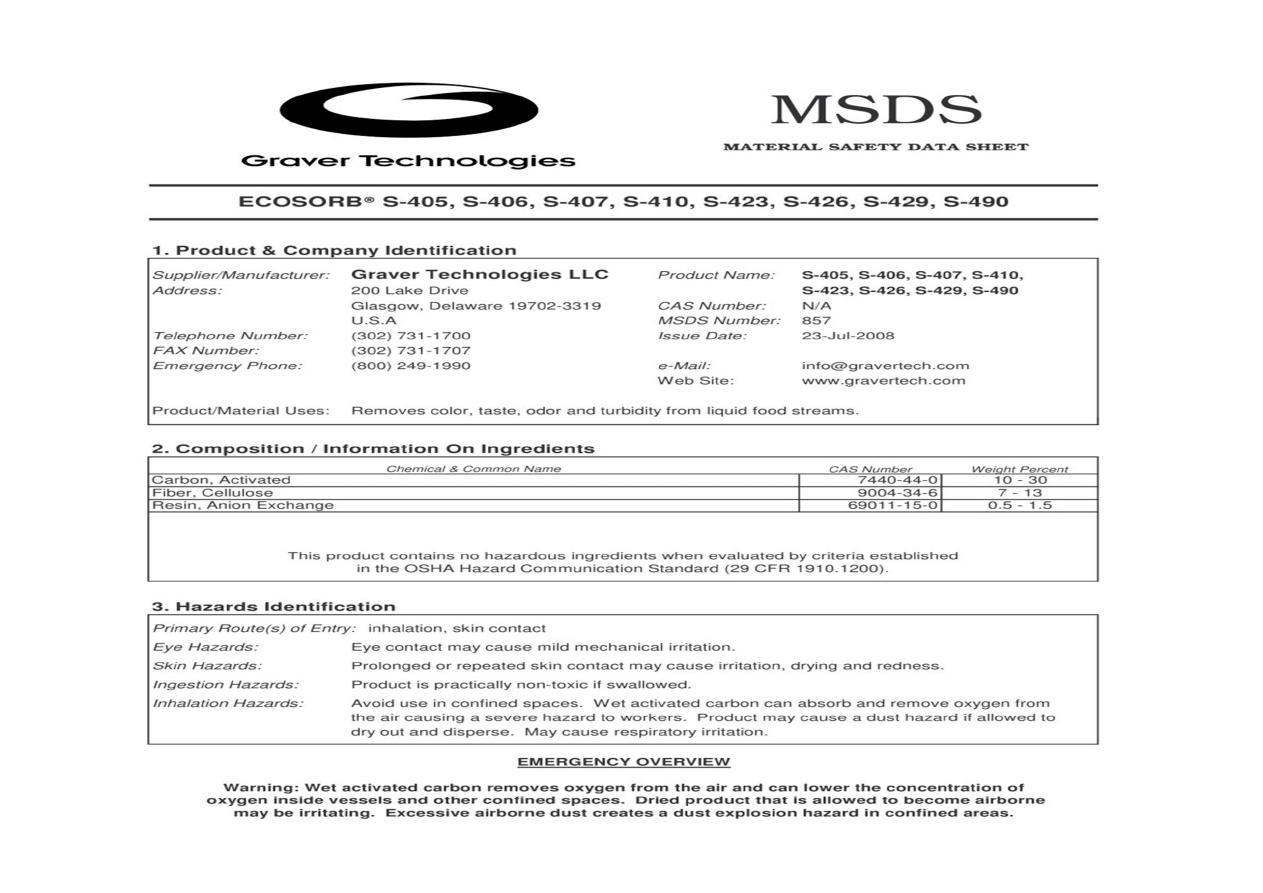

Trade Secret Exemptions
Information may be withheld to protect
industries’ right to protect confidential
business information.
This information is referred to as trade secrets.
The producer of the product can withhold the
name and concentration of any ingredient.
Doctors and nurses can access withheld
information however this information remains
confidential.
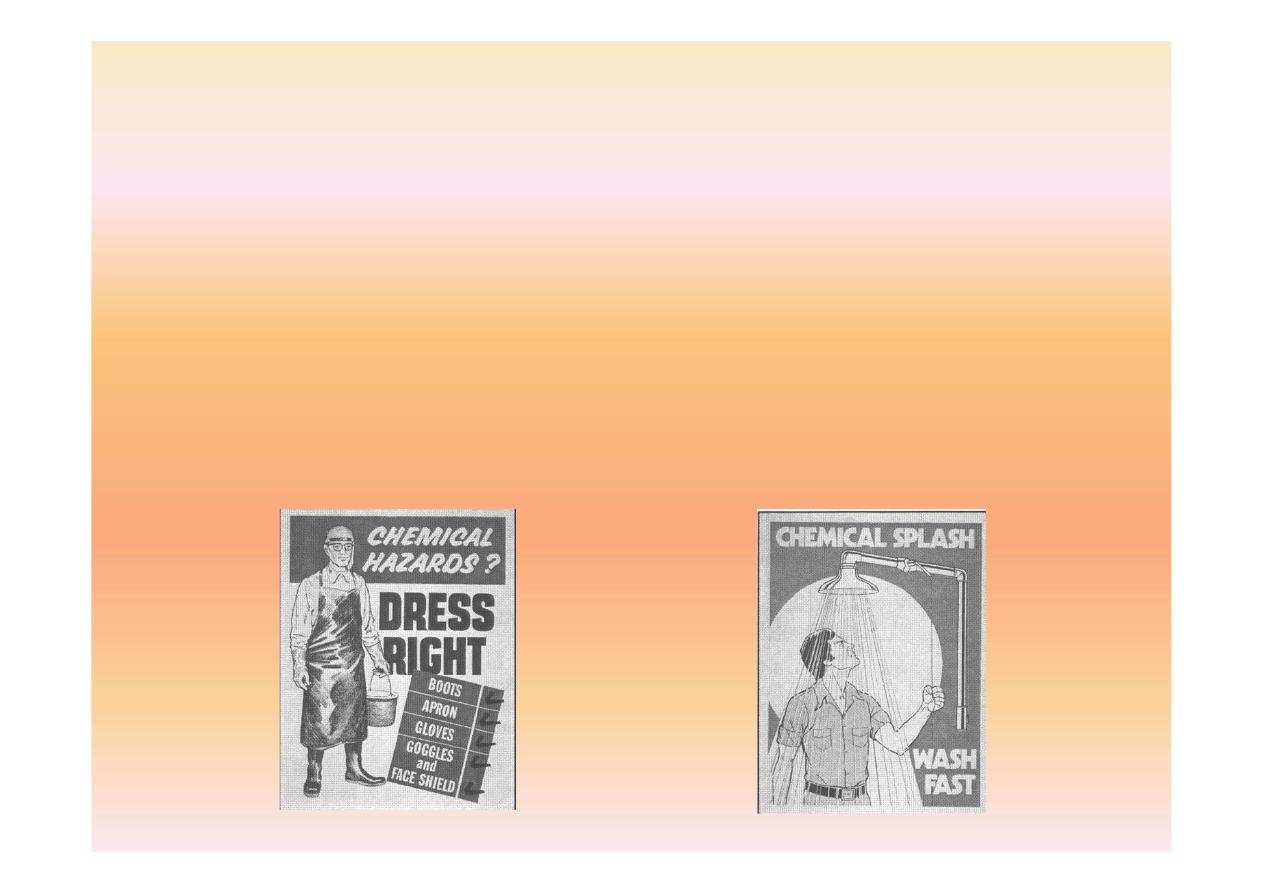
Control of Chemical Hazards and
Exposures
•
Elimination or substitution
•
Engineering and Mechanical Controls
•
Personal Protective Equipment
•
Administrative and Procedural Controls

